SOURCE: PTI

The Supreme Court today agreed to hear in March a plea seeking direction to the government to release Rohingya refugees who have been “illegally and arbitrarily” detained in jails and detention centres across the country.
A bench of Justice BR Gavai and Justice Sandeep Mehta agreed to list the plea after advocate Prashant Bhushan mentioned the matter, saying the case has not been posted for hearing.
Continue readingSOURCE: AFI

In response to the recent incidents of violence allegedly perpetrated by individuals involved in the farmers’ protests, authorities in Haryana have escalated efforts to curb such activities. Notably, Deputy Superintendent of Police (DSP) Ambala, Joginder Sharma, has announced plans to target individuals identified as participating in violent acts, particularly those crossing over from Punjab into Haryana.
“We have identified individuals involved in violence coming to Haryana from Punjab in the name of farmers’ protest,” stated DSP Joginder Sharma. “We have identified them with CCTV cameras and drone cameras. We will request the Ministry and embassy to cancel their Visas and passports… Their photos, names, and addresses will be given to the passport office. We are working on canceling their passports.”
Continue readingSOURCE: IANS
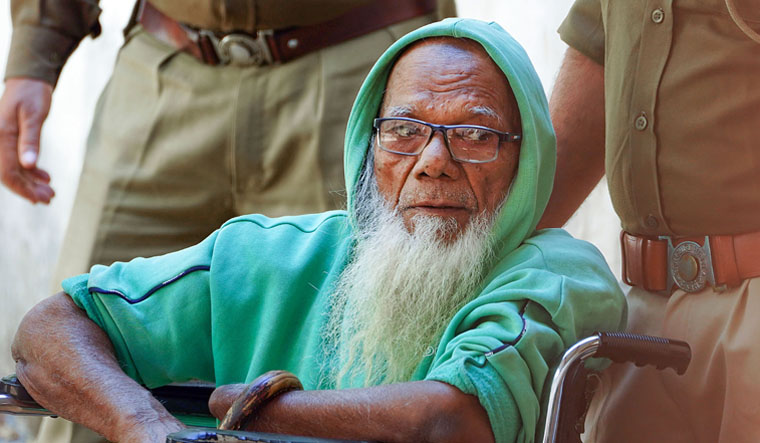
Abdul Karim Tunda (80), an accused in the serial blast case that rocked five cities in 1993, was acquitted by the TADA court of Ajmer in Rajasthan on Thursday. Two others Irfan (70) and Hameeduddin (44) were sentenced to life imprisonment. The police brought them to the TADA court at around 11.15 a.m. amid tight security. The three were accused in the serial bomb blasts in trains in Lucknow, Kanpur, Hyderabad, Surat and Mumbai on December 6, 1993.
On February 28, 2004, the TADA court had sentenced 16 accused to life imprisonment in the case. The Supreme Court had acquitted four men and upheld sentences for the remaining. Tunda was accused of a bomb blast in front of the police headquarters in Delhi in 1996. And in the same year, Interpol had issued a Red Corner Notice against him. In 2000, there were reports of Tunda being killed in Bangladesh, but in 2005 Lashkar terrorist Abdul Razzaq Masood was caught in Delhi, who revealed that Tunda was alive.
Continue readingSOURCE: PTI

Encouraging border residents to cultivate their land ahead of border fence, a top BSF officer on Thursday said the home ministry has approved a plan for the construction of a protection bund along the International Border for the safety of farmers and it will be completed within next five years.
Inspector General of Border Security Force (BSF), Jammu frontier, D K Boora was speaking at a function organised at Chamliyal village near the zero line in Samba district to hand over a cheque of Rs 3 lakh to a villager who helped in the recovery of a grounded Pakistani drone in January. Samba Senior Superintendent of Police Vinay Kumar and other prominent people attended the function. “We want the farmers to tend their land ahead of the border fence as the BSF is there for your protection.
Continue readingSOURCE: RAUNAK KUNDE / NEWS BEAT / IDRW.ORG
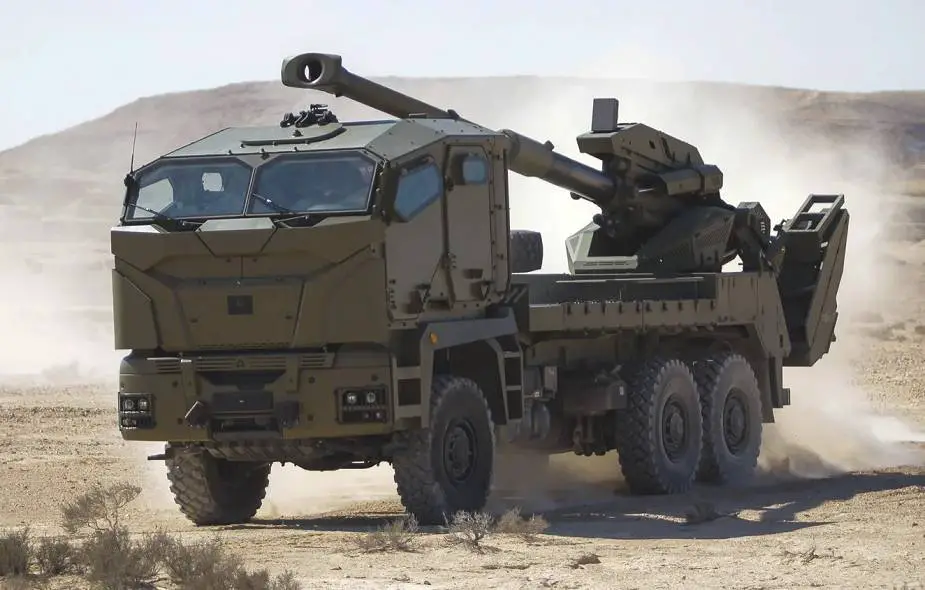
Adani Defence and Aerospace, in collaboration with Elbit Systems, is poised to bolster its partnership and respond to the Indian Army’s pressing requirement for 800 Mounted Gun Systems (MGS). The Officals of the Adani Defence have confirmed Plans to offer their own Mounted Gun System (MGS), which is likely based on Elbit’s renowned ATMOS 155mm/52 calibre truck-mounted howitzer, with ToT levels leading to local manufacturing.
According to Elbit Systems, the ATMOS boasts the flexibility to be mounted on various high mobility 6×6 or 8×8 truck chassis, tailored to the preferences of the customer. The system’s protected cabin is designed to accommodate a crew of 2-6 personnel, comprising a driver, commander, and additional crewmembers, along with their equipment and armaments. Notably, the cabin is equipped with an advanced air conditioning system capable of regulating temperature for optimal crew comfort and operational efficiency.
Continue readingSOURCE: RAUNAK KUNDE / NEWS BEAT / IDRW.ORG
In a move to woo the Indian Air Force (IAF) in its ongoing Multi-Role Fighter Aircraft (MRFA) tender, Boeing is offering the F-15EX Eagle II with India-specific enhancements and the potential to integrate Indian-made weapons systems. This comes as the US aircraft manufacturer competes with other contenders like the Rafale and Eurofighter Typhoon for a lucrative contract of 114 jets.
Boeing officials highlight the F-15EX’s ability to adapt to India’s specific operational needs. While details remain undisclosed, this could include adjustments to avionics, sensors, or communication systems to better suit the IAF’s requirements.
Continue readingSOURCE: RAUNAK KUNDE / NEWS BEAT / IDRW.ORG
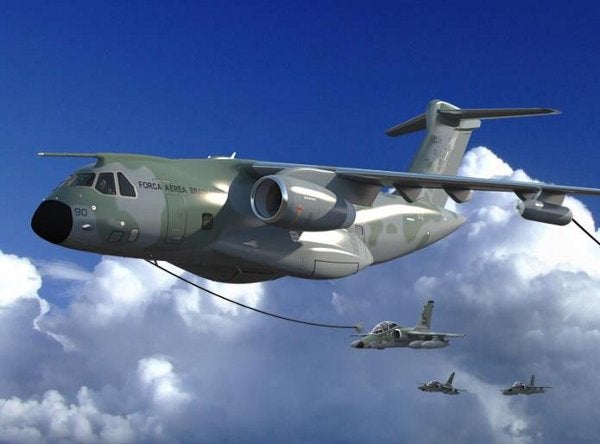
The Embraer C390 Millennium, a multi-mission transport aircraft, is gearing up for a potential entry into the Indian Air Force’s Medium Transport Aircraft (MTA) program. During a recent Memorandum of Understanding (MoU) agreement with Indian aerospace giant Mahindra, Embraer officials highlighted their plan to source over 60% of the aircraft’s systems and components from Indian companies if selected.
This commitment to localization aligns with India’s “Make in India” initiative and could be a key factor in the IAF’s decision. Furthermore, Embraer sees India as a strategic partner for exploring growth opportunities beyond just the MTA program.
Continue readingSOURCE: AFI
Several friendly nations in the Middle East and North Africa (MENA) region operate Sukhoi-30 fighter jets, making them potential candidates for the BrahMos-A, a formidable air-launched cruise missile developed by India.
The BrahMos-A is a supersonic, long-range cruise missile designed for air-to-surface attack. With a speed exceeding Mach 3, it is considered the world’s fastest air-launched cruise missile. Its capability to hit targets at a distance of 450 km significantly enhances the strike power of any fighter jet it is equipped on.
Continue readingSOURCE: AFI
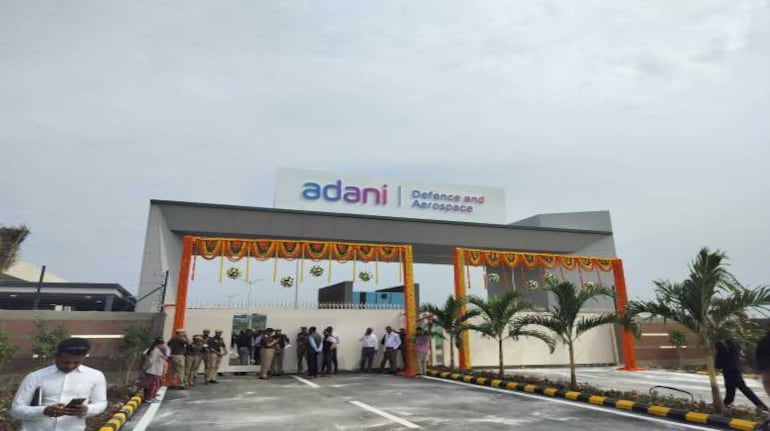
In a significant development for India’s defense sector, Adani Defence & Aerospace, the leading private sector defense manufacturer, has announced the use of Artificial Intelligence (AI) at its newly inaugurated Ammunition & Missiles Complex in Uttar Pradesh.
Ashish Rajvanshi, CEO of Adani Defence, revealed the company’s two-pronged approach to utilizing AI within the factory.
Continue readingSOURCE: AFI

India is accelerating its transition towards a cleaner future, with ambitious plans to expand its renewable energy capacity and tap into private expertise for nuclear power generation.
Facing the challenge of reducing reliance on fossil fuels, the government aims to meet 50% of its electricity needs from renewable sources by 2030. This ambitious target signifies a significant shift towards clean energy alternatives like solar, wind, and hydro power.
Continue readingSOURCE: AFI

India successfully conducted the first launch from its upcoming spaceport in Thoothukudi, Tamil Nadu, on February 28, 2024. The launch vehicle, an RH-200 sounding rocket, lifted off between 9:30 AM and 2:00 PM, marking a significant milestone for the Indian Space Research Organisation (ISRO).
This inaugural launch from the Kulasekarapatnam spaceport wasn’t intended for space travel. Instead, the RH-200 sounding rocket served as a scientific tool, reaching an altitude of 60-80 kilometers for atmospheric research. Sounding rockets like the RH-200 provide valuable data for studying the upper atmosphere, including its composition, temperature, and wind patterns. This information is crucial for various scientific endeavors, such as improving weather forecasting models, understanding the impact of human activity on the ozone layer, and studying the aurora borealis.
Continue readingSOURCE: AFI
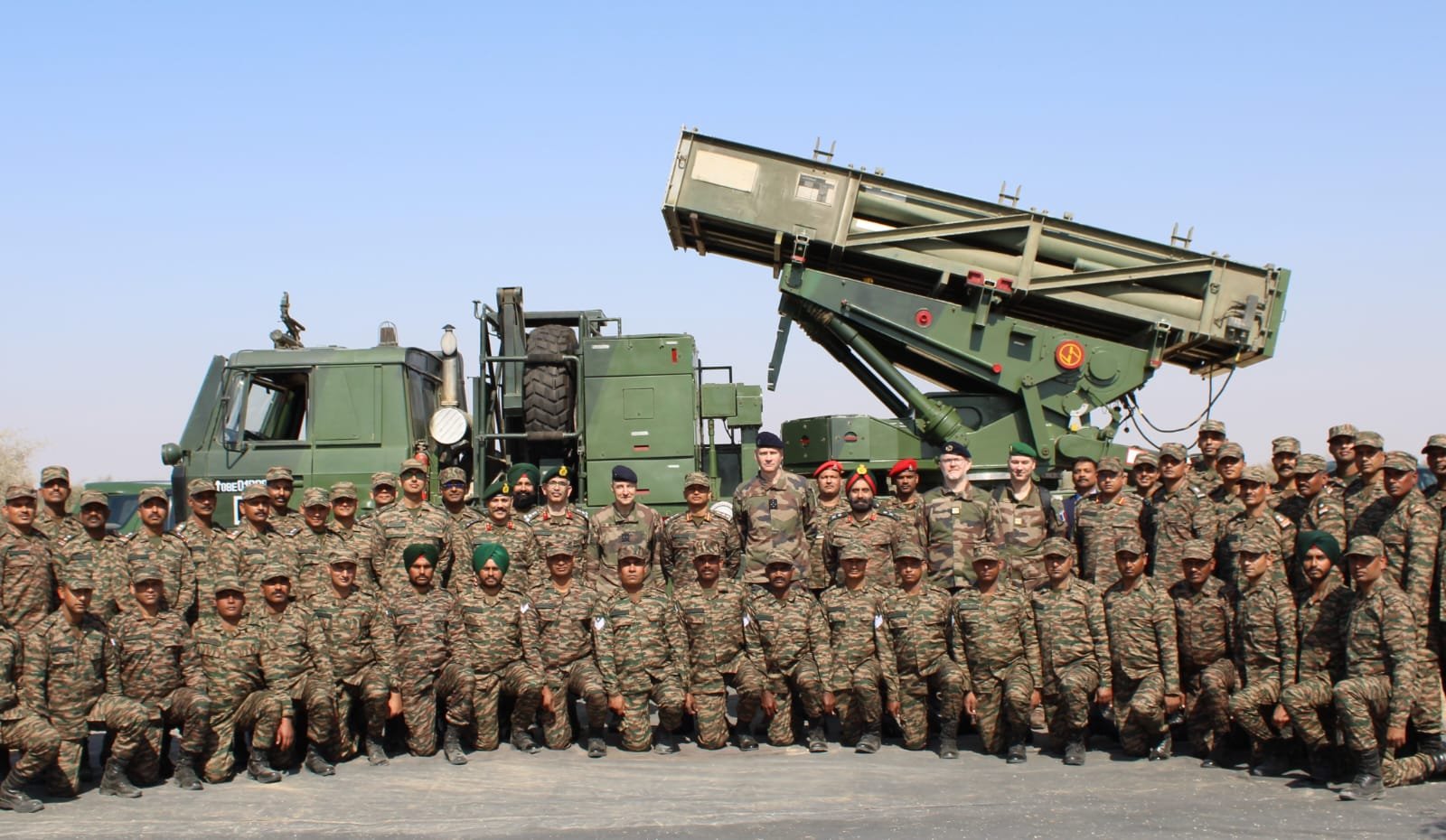
In a dynamic display of India’s growing military prowess, General Pierre Schill, Chief of Army Staff of the French Army, witnessed a live-fire demonstration of the indigenously developed Pinaka Multiple Launch Rocket System (MLRS) at the Pokhran Field Firing Ranges. The event was hosted by the Eastern Command of the Indian Army.
The Rising Sun Artillery unleashed the Pinaka’s devastating firepower, showcasing its precision and thunderous impact. The Pinaka system, designed and manufactured in India, is a testament to the nation’s burgeoning defense industry.
Continue readingSOURCE: REUTERS

Fresh US sanctions on Moscow threaten to dent Russian oil sales to India, the biggest buyer of Russian seaborne crude, and complicate efforts by Indian refiners to secure annual supply deals, three industry sources familiar with the matter said.
Washington on Friday imposed sanctions to mark the second anniversary of Moscow’s invasion of Ukraine and retaliate for the death of opposition leader Alexei Navalny. The sanctions target Russia’s leading tanker group, Sovcomflot, which Washington accused of being involved in violating the G7’s price cap on Russian oil, as well as 14 crude oil tankers tied to Sovcomflot.
Continue readingSOURCE: PTI

Sessions on simulators, micro gravity familiarisation and survival in addition to flying practice and Yoga — the training schedule of India’s four astronaut-designates for the Gaganyaan human spaceflight mission, planned for launch in 2025, is packed indeed.
The Indian Space Research Organisation’s crew training facility here is the hub of such activities for the IAF pilots — Group Captain Prasanth Balakrishnan Nair, Group Captain Ajit Krishnan, Group Captain Angad Pratap and Wing Commander Shubhanshu Shukla.
Continue readingSOURCE: ANI

In a befitting reply to Pakistan, India exercised its ‘Right of Reply’ in response to references to New Delhi stating that the nation that has institutionalized the systemic persecution of its minorities and has a truly abysmal human rights record has no right to comment on India.
Exercising the ‘Right of Reply’ at the High-Level Segment of the 55th Regular Session of the UN Human Rights Council on Wednesday, First Secretary Anupama Singh said that regarding Pakistan’s lengthy mentions of India, it is very regrettable that the Council’s forum has once again been abused to propagate flagrantly false accusations about India.
Continue reading